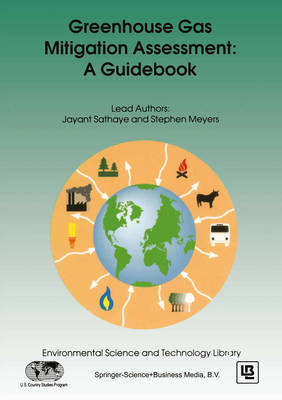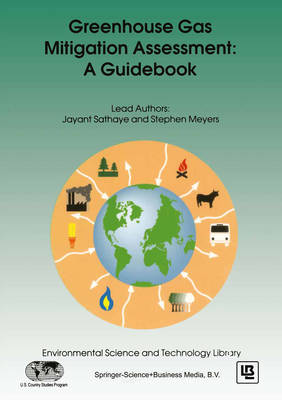
- Afhalen na 1 uur in een winkel met voorraad
- Gratis thuislevering in België vanaf € 30
- Ruim aanbod met 7 miljoen producten
- Afhalen na 1 uur in een winkel met voorraad
- Gratis thuislevering in België vanaf € 30
- Ruim aanbod met 7 miljoen producten
Zoeken
€ 181,95
+ 363 punten
Omschrijving
This book describes guidelines prepared by the U.S. Country Studies Program for the evaluation of options to mitigate greenhouse gas emissions.
Specificaties
Betrokkenen
- Auteur(s):
- Uitgeverij:
Inhoud
- Aantal bladzijden:
- 251
- Reeks:
Eigenschappen
- Productcode (EAN):
- 9780792337812
- Verschijningsdatum:
- 1/11/1995
- Uitvoering:
- Hardcover
- Afmetingen:
- 210 mm x 297 mm
- Gewicht:
- 927 g

Alleen bij Standaard Boekhandel
+ 363 punten op je klantenkaart van Standaard Boekhandel
Beoordelingen
We publiceren alleen reviews die voldoen aan de voorwaarden voor reviews. Bekijk onze voorwaarden voor reviews.








